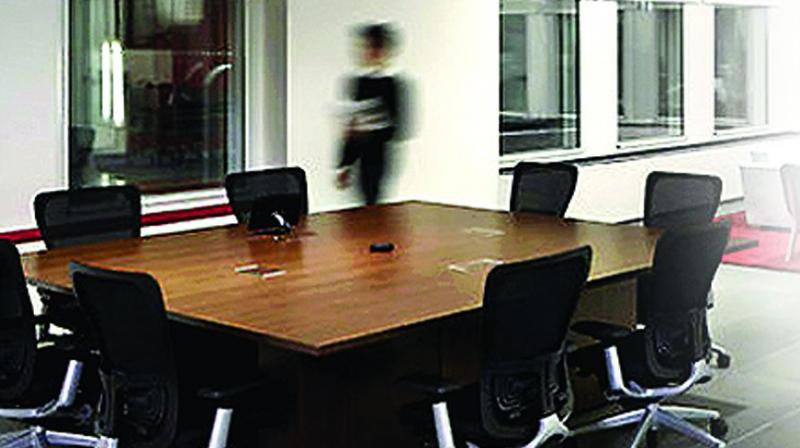Secondary business districts winning the realty race
Companies are looking for commercial realty with larger floor plates.

Mumbai: The secondary business districts (SBD) or upcoming business centres in some of the top cities in India are fast emerging as the most preferred choice for commercial real estate tenants due to the availability of larger floor plates and latest amenities that suit most occupiers requirements besides offering options in superior Grade A office assets.
According to property consultant JLL India, central business districts (CBD) are losing out to the SBD’s due to lack of project and precinct level infrastructure and insufficient Grade ‘A’ office assets.
Central business district is the original commercial and business centre of a city while the secondary business district is the upcoming centre located little away from the main centre. “In the more traditional markets such as Mumbai and Delhi, the SBDs have been seeing more occupiers move in, at the cost of their CBDs. What bodes well for the future of these SBDs is that their grade-A office universe is set to expand with the launch of real estate investment trusts (REITs). Developers and funds that own many assets across India are expected to refurbish/upgrade certain buildings in their portfolio into grade-A or superior grade-A assets,” said Ramesh Nair, CEO & country head, JLL India.
Except for Bengaluru and Pune, the central business districts in other top cities like Mumbai, Delhi, Kolkata and Chennai are expected to see negligible supply of fresh office stocks till 2020 as major projects being planned in these cities are in the secondary or upcoming business centres. As per JLL’s analysis, around 8.3 million sft of fresh office stocks is likely to come up in Mumbai’s SBD while similar centres in Delhi and Pune are likely to see an addition of 8.9 million sft and 13.5 million sft of fresh office stock by 2020.
“Only Bengaluru expects a supply of 2 million sft in its CBD. Even today, Bengaluru’s CBD sees many transactions and continues to remain attractive for occupiers. Occupiers in the city prefer to take up large floor plates in the CBD and larger ones in the SBD,” Mr Nair added.
What is attracting tenants towards the secondary business districts is the higher size of the office space, more ideal for corporate occupiers. For instance, the average floor plate size in SBD’s in Mumbai is around 22,000 sft as compared to 12,000 sft in CBD.

